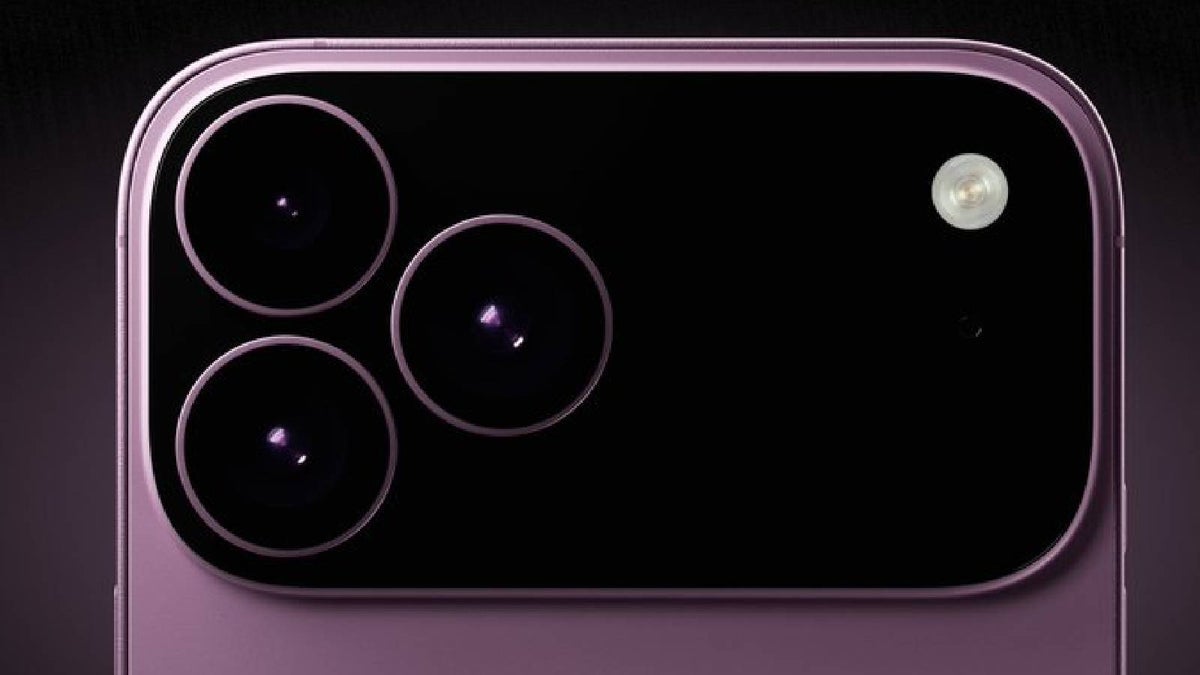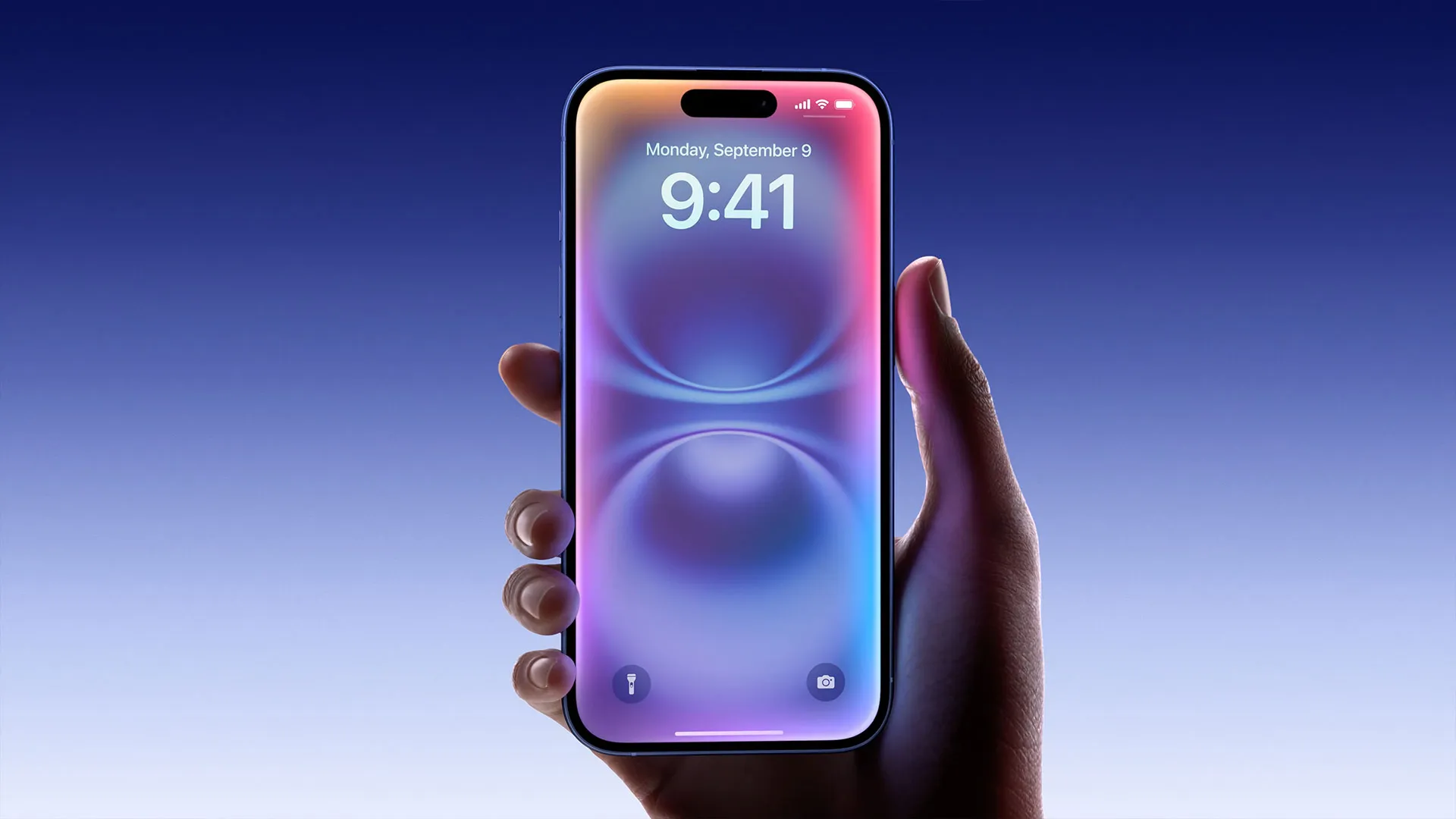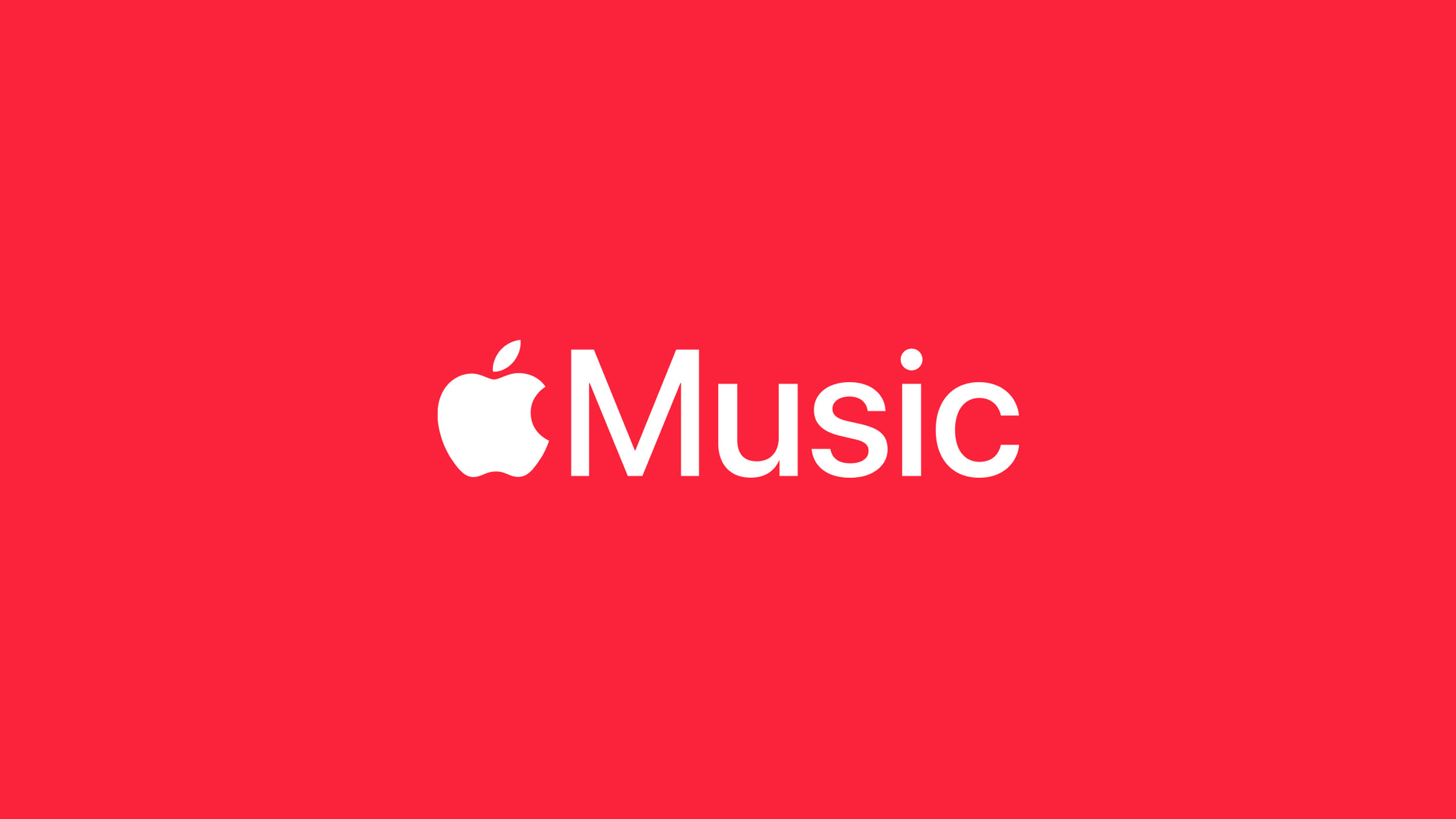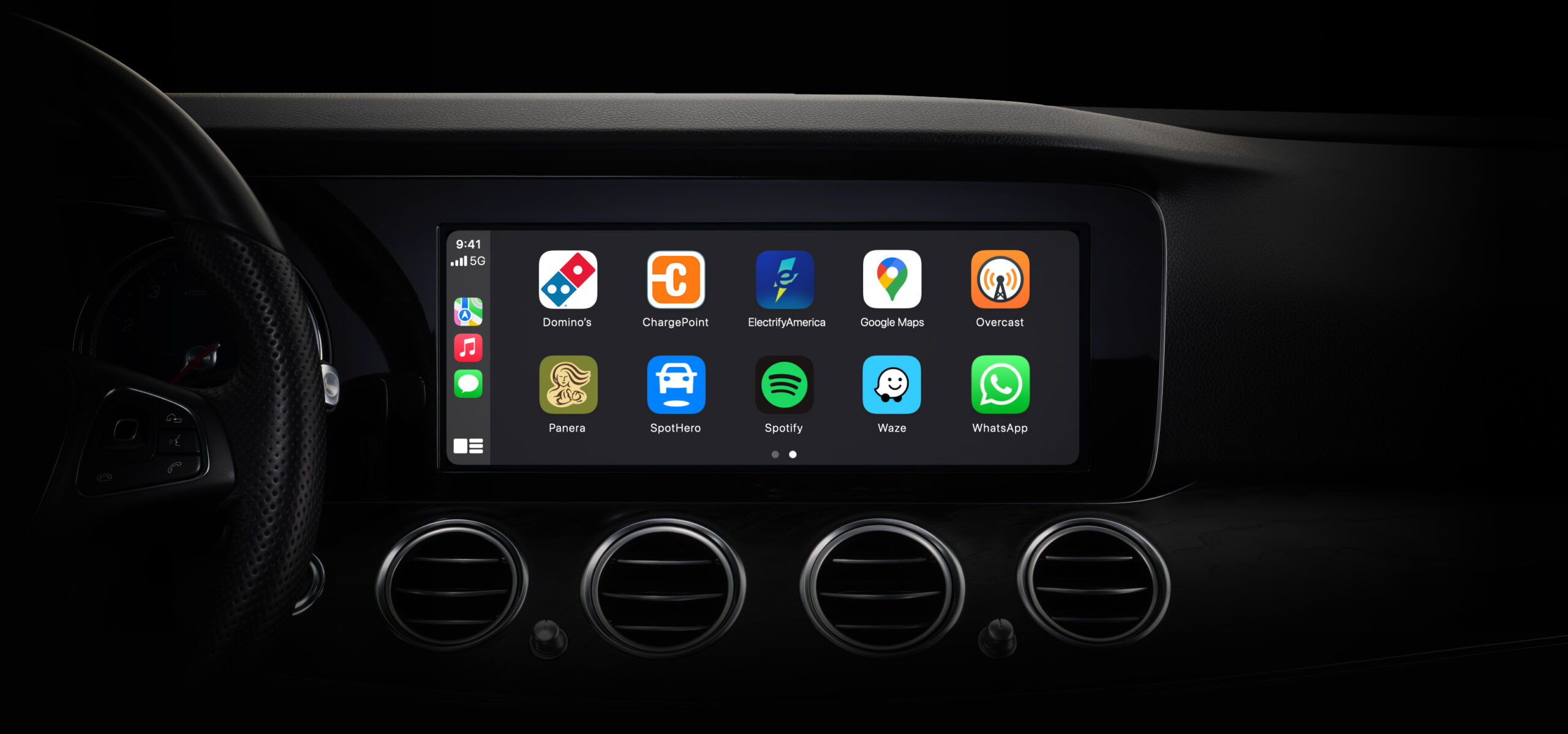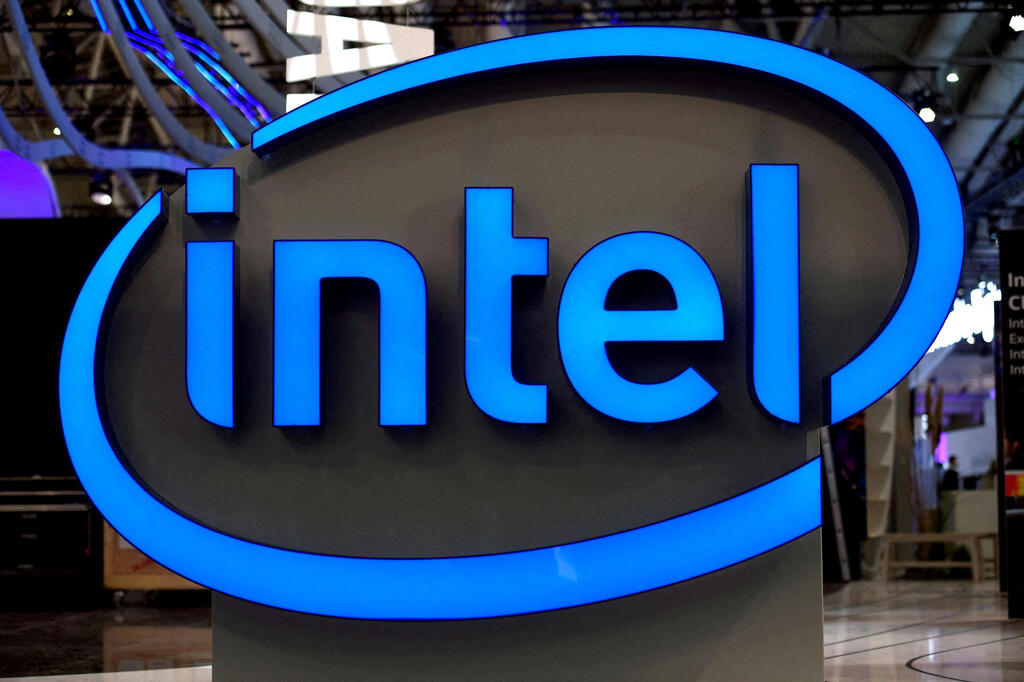On April 7, 2025, Apple launched a handy new app called the “Apple Immersive Video Utility” for Mac and Vision Pro users. This tool is designed to help people handle special videos made for the Vision Pro headset in an easier way. These videos are super high-quality, filmed in 8K with a wide 180-degree view and amazing sound that feels like it’s all around you.
The app lets creators bring in their video files, sort them neatly, and put everything together smoothly. It also allows them to check their work to make sure it looks just right before sharing it. This is a big deal because, until now, making and managing these immersive videos was tricky without the right tools. Apple’s new app changes that by giving creators a simple way to work with this cool format.
The Vision Pro’s immersive videos are special because they make you feel like you’re really there, whether it’s watching a concert or exploring nature. To help more people create these experiences, Apple has been adding support for tools like Blackmagic cameras and DaVinci Resolve software. Now, with this utility app, anyone with the right gear can jump in and start making their immersive content.
You can grab the Apple Immersive Video Utility for free from the Mac App Store if you’ve got macOS Sonoma 14.4 or later. It’s a small but powerful step to help grow the amount of awesome Vision Pro content out there. Whether you’re a pro or just starting out, this tool makes it easier to bring your ideas to life in a way that feels real and exciting.

